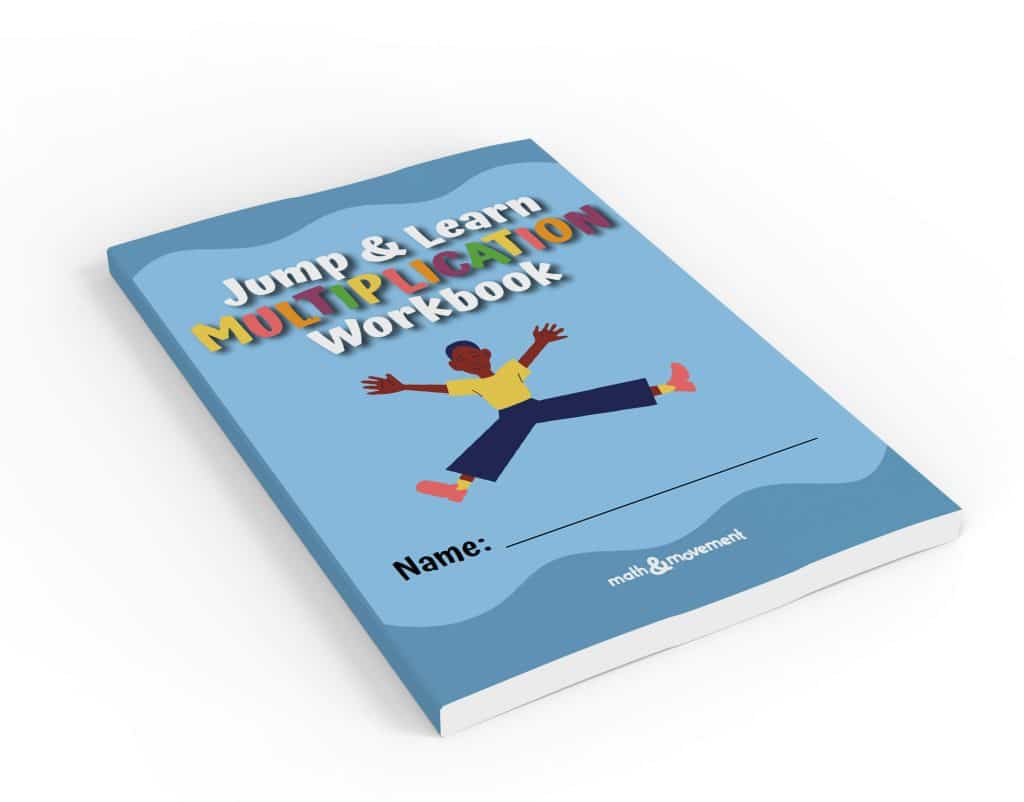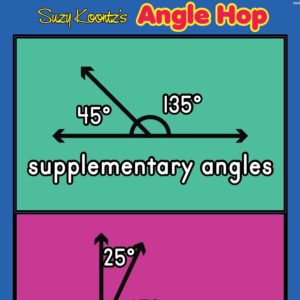Math & Movement Whole School Model
We propose to provide a ‘whole school model’ of the Math & Movement curriculum for schools across the country. Our learning solution – which we call Kinesthetic Klassrooms – offers physical activity and wellness-related programming which utilizes the Math & Movement kinesthetic teaching program for math and literacy across all classrooms throughout entire school systems. Math & Movement’s primary purpose is to foster an environment where all children can feel competent and confident in their math and reading ability.
We aim to (1) address the math-phobic stigma in classrooms today, (2) create solid reading foundations, (3) increase children’s movement levels (thus decreasing obesity), (4) decrease students’ stress levels and the impact of adverse childhood experiences (or ACEs), and (5) improve students’ mindsets and motivations towards learning in general. Math & Movement meets these aims by harnessing a child’s natural love of movement and creative imagination.

































